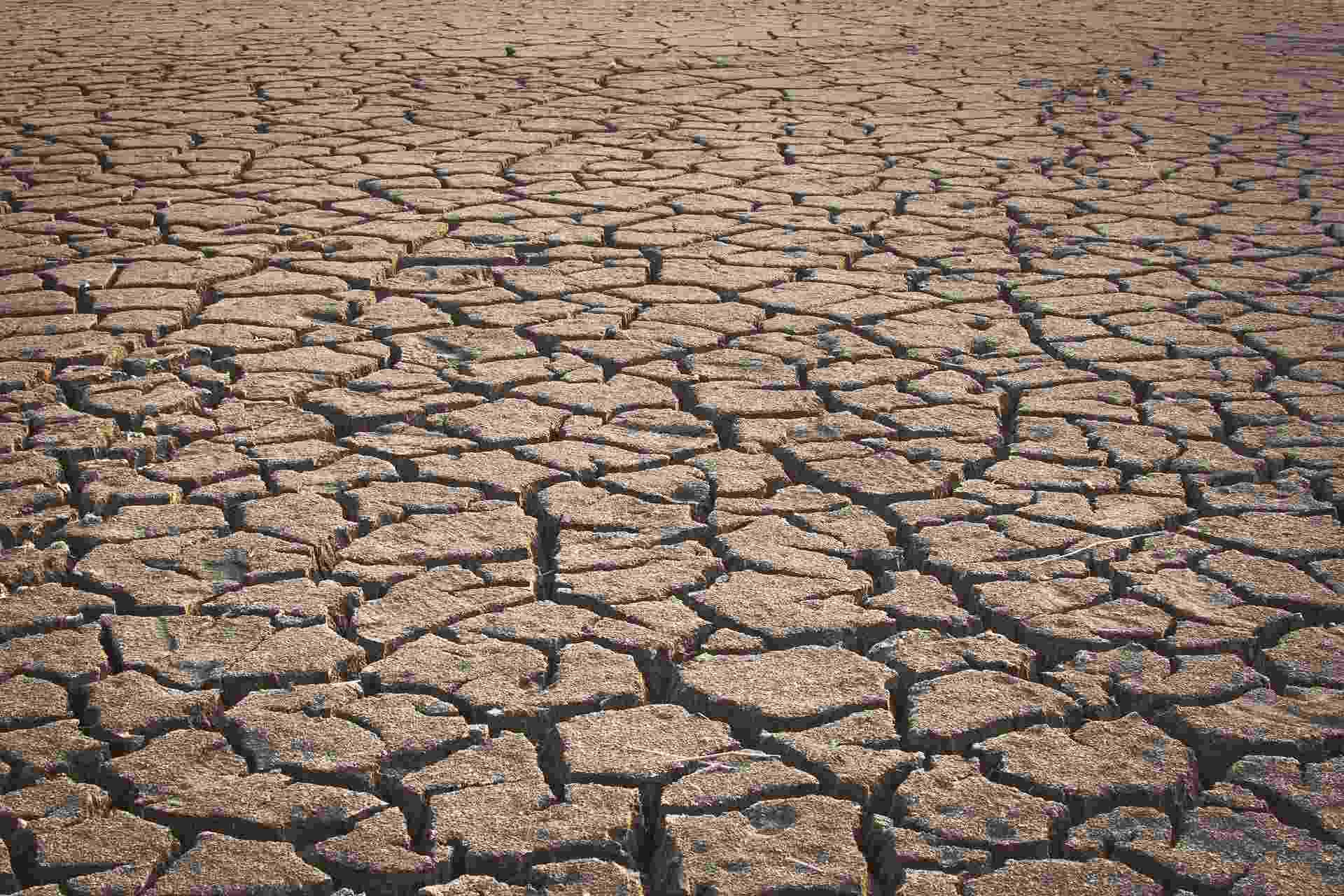Application of CHIRPS dataset in the selection of rain-based indices for drought assessments
In the Johor River Basin, Malaysia
02 June 2023


Authors: Zulfaqar Sa'adi, Zulkifli Yusop, Nor Eliza Alias, Mohammed Sanusi Shiru, Mohd Khairul Idlan Muhammad, Muhammad Wafiy Adli Ramli
This paper aims to select the most appropriate rain-based meteorological drought index for detecting drought characteristics and identifying tropical drought events in the Johor River Basin (JRB). Based on a multi-step approach, the study evaluated seven drought indices, including the Rainfall Anomaly Index (RAI), Standardized Precipitation Index (SPI), China-Z Index (CZI), Modified China-Z Index (MCZI), Percent of Normal (PN), Deciles Index (DI), and Z-Score Index (ZSI), based on the CHIRPS rainfall gridded-based datasets from 1981 to 2020. Results showed that CZI, MCZI, SPI, and ZSI outperformed the other indices based on their correlation and linearity (R2 = 0.96–0.99) along with their ranking based on the Compromise Programming Index (CPI).
The historical drought evaluation revealed that MCZI, SPI, and ZSI performed similarly in detecting drought events, but SPI was more effective in detecting spatial coverage and the occurrence of ‘very dry’ and ‘extremely dry’ drought events. Based on SPI, the study found that the downstream area, north-easternmost area, and eastern boundary of the basin were more prone to higher frequency and longer duration droughts. Furthermore, the study found that prolonged droughts are characterized by episodic drought events, which occur with one to three months of ‘relief period’ before another drought event occurs. The study revealed that most drought events that coincide with El Niño, positive Indian Ocean Dipole (IOD), and negative Madden-Julian Oscillation (MJO) events, or a combination of these events, may worsen drought conditions. The application of CHIRPS datasets enables better spatiotemporal mapping and prediction of drought for JRB, and the output is pertinent for improving water management strategies and adaptation measures. Understanding spatiotemporal drought conditions is crucial to ensuring sustainable development and policies through better regulation of human activities. The framework of this research can be applied to other river basins in Malaysia and other parts of Southeast Asia.
Highlights:
- Rain-based meteorological drought indices were evaluated for JRB using CHIRPS.
- SPI was able to better detect spatial coverage and frequency of drought events
- Drought severity and duration concentrated in the downstream and northeastern areas.
- Drought events often coincided with El Niño, positive IOD, and negative MJO events.



